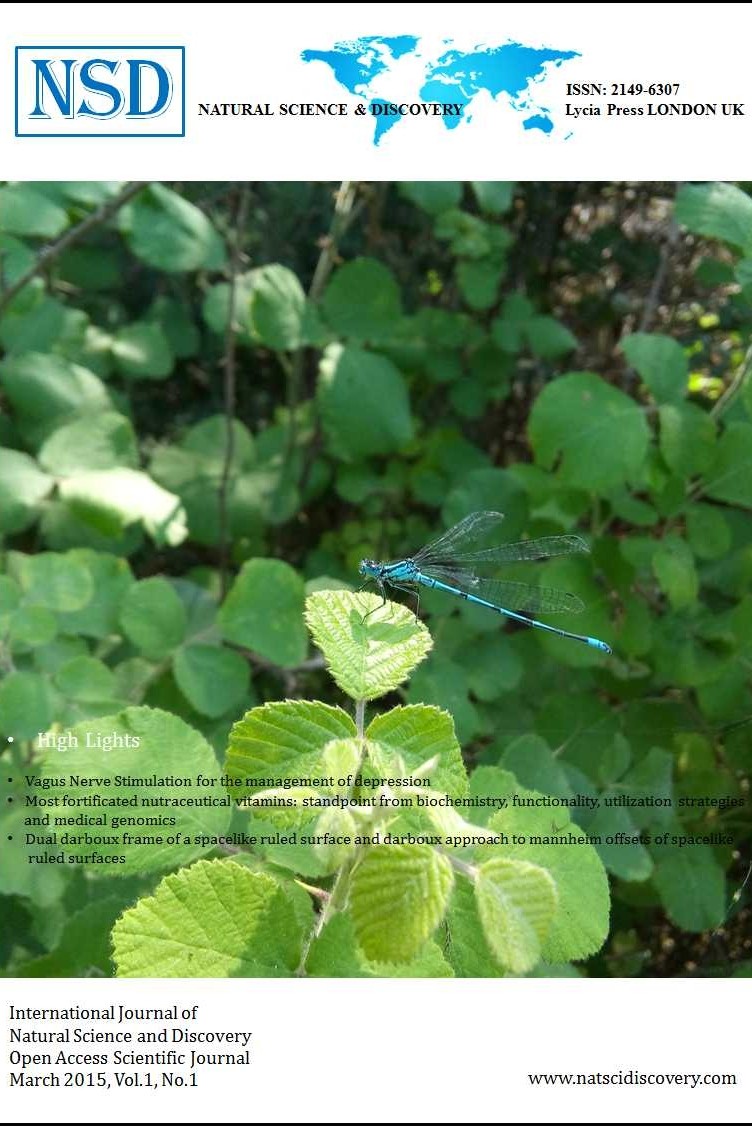With Copula function analysis of structure dependence relation between Exchange rate of dollars and Deposit rate of Turkey
With Copula function analysis of structure dependence relation between Exchange rate of dollars and Deposit rate of Turkey
Objective: In this study, for relation between exchange rate of dollar and deposit rate of Turkey, we used copula function modelling. Material and Methods: For study, data set that gotten from Turkey central bank in the between 2005-2017 years used. Results: Recently, rapidly increasing of exchange rate of dollars has been effected deposit rate. In our study, according to data sets, there is a positively relation between exchange rate of dollars and deposit rate. Hence, response of central bank has been showed positively for deposit rate in the increasing of exchange rate of dollars. Throughout study, dependency between exchange rate of dollar and deposit rate obtained positively, namely Kendall Tau ( T= 0.751 ) and Spearman’s Rho ( P= 0.912 ). This dependency modelled copula function. For this modelling, Chi-Square test that is Goodness-of-fit used. Conclusion: As result of this test, for our data set is suitable with parameter Joe copula family which is supported positive tail dependence.
___
- 1. A. Sklar. Fonctions de Repartition a n Dimensions et Leurs Marges. Publications de I’lnstitut de Statistique de I’University de Paris. 1959. vol 8: pp. 229-231.
- 2. B. Schweitzer, E.F Wolff. On nonparametric measures of dependence for random variables. Annals of Statistics. 1981. 9:879-885.
- 3. Cherubini, U., Luciano, E.. Value-at-Risk Trade-off and Capital Allocation with Copulas. Economic Notes. 2001 .30, 235–256.
- 4. E.W. Frees, E.A. Valdez. Understanding relationships using copulas. North American Actuarial Journal. 1998. 2:1-25.
- 5. Genest C., J. MacKay.V. The joy of copulas: bivariate distributions with uniform marginal. The American Statisticien. 1986.40: 280-283.
- 6. Genest C. L.P. Rivest. Statistical inference procedures for bivariate Archimedean copulas. Journal of the American Statistical Association. 1993. 88: (423) 1034-1043.
- 7. Genest, C., Favre, A.-C. Everything You Always Wanted to Know About Copula Modelling butWere Afraid to Ask. Journal of Hydrologic Engineering. 2006.12, 347-368.
- 8. Genest, C., Gendron, M., Boudeau-Brien, M.. “The Advent of Copulas in Finance”. The European Journal of Finance. 2009.15, 609-618.
- 9. Malevergne, Y., Sornette, D. Testing the Gaussian Copula Hypothesis for Financial AssetsDependences. Quantitative Finance. 2003.3 (4), 231-250.
- 10. Metin A, Çalık S. Copula Function and Application with Economic Data. Turkish Journal of Science and Technology. 2012. Vol 7: No 2, 199-204.
- 11. Naifar N. Modeling dependence structure with Archimedean copulas and applications to the iTraxx CDS index. Journal of Computational and Applied Mathematics. 2010; 235: 2459-2466
- 12. R. Nelsen. An Introduction to Copulas. Springer: Verlag; 1999.
- 13. Rosenberg, J., Schuermann, T. A General Approach to Integrated Risk Management withSkewed, Fat-tailed Risks. Journal of Financial Economics . 2006; 79: 569-614.
- 14. Shih, J.H., Louis, T.A. Inferences on the Association Parameter in Copula Models for Bivariate Survival Data. Biometrics. 1995; 51: 1384-1399.
- 15. Quesade-Molina, J.J. A generalization of an identity of Hoeffding and some applications. J.Ital.Stat.Soc. 1992; 3: 405-411.
- ISSN: 2149-6307
- Başlangıç: 2015
- Yayıncı: Lycia Press Inc.
